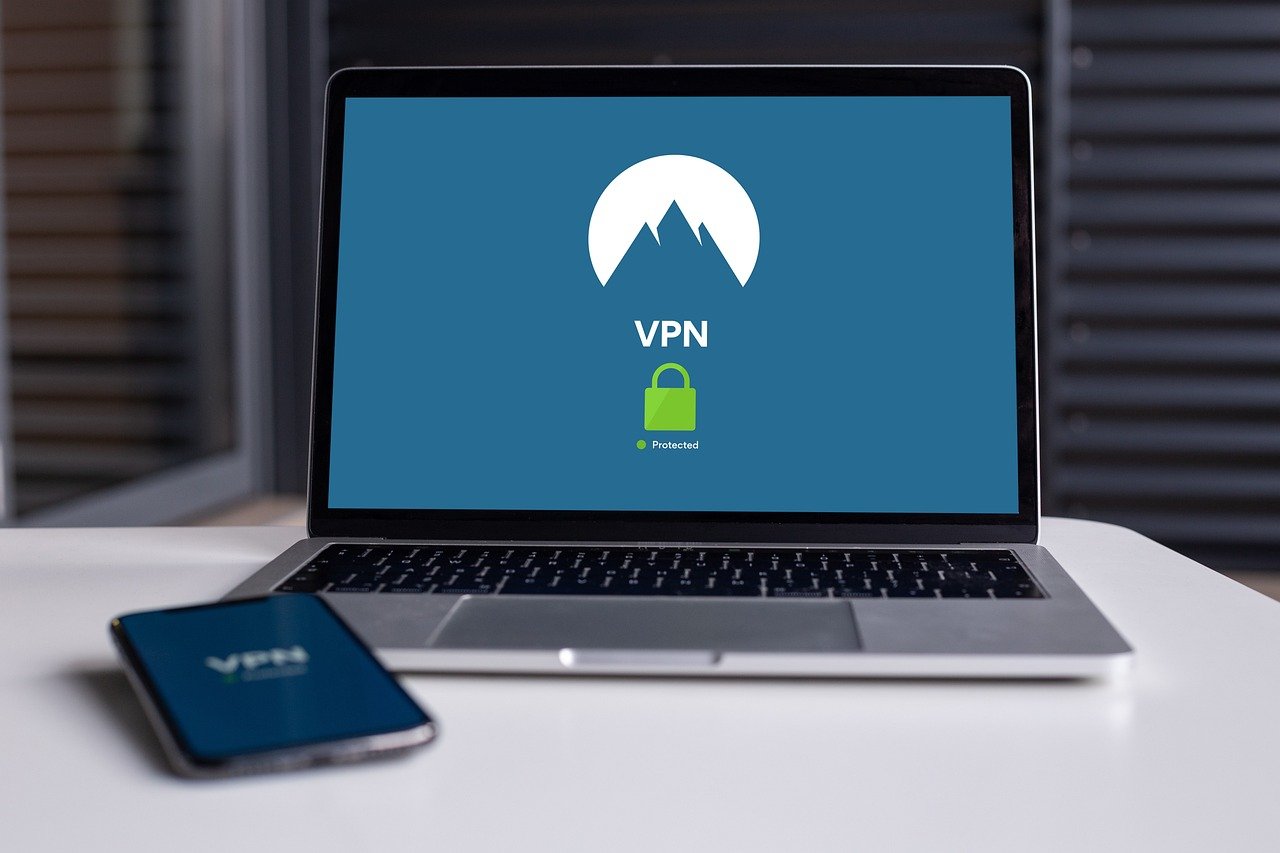Imagine your home without a front door or a lock. Unthinkable, right? The same principle applies to your digital world. Without a robust defense mechanism, your computer systems and network are vulnerable to a barrage of cyber threats. Enter the firewall: your digital doorman, carefully scrutinizing and controlling all incoming and outgoing network traffic based on predefined security rules. Let’s delve into the world of firewalls and understand how they protect your valuable data and systems.
What is a Firewall?
A firewall is a network security system that monitors and controls incoming and outgoing network traffic based on predetermined security rules. Think of it as a gatekeeper that examines every data packet attempting to enter or leave your network. If a packet meets the configured security criteria, it’s allowed to pass; otherwise, it’s blocked. Firewalls can be implemented in hardware, software, or a combination of both.
Firewall Functionality
- Traffic Filtering: The core function of a firewall is to filter network traffic based on various criteria.
- Stateful Inspection: Modern firewalls go beyond simple packet inspection and maintain a record of active connections, making them more effective at identifying malicious traffic.
- Application Control: Some firewalls offer application control, allowing administrators to block or allow specific applications from accessing the internet.
- VPN Support: Many firewalls support Virtual Private Networks (VPNs), enabling secure remote access to your network.
- Intrusion Detection/Prevention: Advanced firewalls incorporate intrusion detection and prevention systems (IDS/IPS) to identify and block malicious activity.
Types of Firewalls
- Packet Filtering Firewalls: These are the most basic type of firewall, examining individual packets and making decisions based on source and destination IP addresses, ports, and protocols. While simple, they are limited in their ability to detect sophisticated attacks.
- Stateful Inspection Firewalls: As mentioned earlier, these firewalls track the state of network connections, allowing them to make more informed decisions about which traffic to allow or block.
- Proxy Firewalls: These act as intermediaries between your network and the internet. All traffic passes through the proxy server, which then forwards it to the destination server. This provides an extra layer of security by masking the internal IP addresses of your network.
- Next-Generation Firewalls (NGFWs): These are the most advanced type of firewall, incorporating features such as application control, intrusion detection/prevention, and deep packet inspection. They provide comprehensive security against a wide range of threats.
- Web Application Firewalls (WAFs): Specifically designed to protect web applications from attacks such as SQL injection and cross-site scripting (XSS). WAFs analyze HTTP traffic and block malicious requests before they reach the web server.
Why Do You Need a Firewall?
In today’s interconnected world, the internet is riddled with potential threats. A firewall is essential for protecting your systems and data from these threats.
Preventing Unauthorized Access
- Blocking Hackers: Firewalls prevent unauthorized access to your network by blocking malicious traffic and restricting access to specific ports and services.
- Controlling Remote Access: They allow you to control remote access to your network, ensuring that only authorized users can connect.
- Protecting Sensitive Data: By preventing unauthorized access, firewalls help protect sensitive data such as financial information, customer data, and intellectual property.
Protecting Against Malware
- Blocking Malicious Websites: Firewalls can block access to websites known to distribute malware.
- Preventing Phishing Attacks: They can identify and block phishing attempts, preventing users from inadvertently giving away their credentials.
- Detecting and Preventing Intrusions: Firewalls with IDS/IPS capabilities can detect and prevent intrusions by identifying and blocking malicious activity.
Ensuring Network Stability
- Preventing Denial-of-Service (DoS) Attacks: Firewalls can mitigate DoS attacks by limiting the number of connections from a single source.
- Controlling Bandwidth Usage: They can be configured to prioritize certain types of traffic, ensuring that critical applications have sufficient bandwidth.
- Monitoring Network Activity: Firewalls provide valuable insights into network activity, allowing you to identify and address potential problems.
Firewall Implementation and Configuration
Implementing and configuring a firewall requires careful planning and execution. It’s crucial to understand your network topology and security requirements before deploying a firewall.
Choosing the Right Firewall
- Assess Your Needs: Determine your specific security requirements, including the types of threats you need to protect against and the level of performance you require.
- Consider Your Budget: Firewalls range in price from free software firewalls to expensive hardware appliances. Choose a firewall that fits your budget and meets your needs.
- Evaluate Features: Consider features such as application control, intrusion detection/prevention, and VPN support.
- Read Reviews: Read reviews and compare different firewalls before making a decision.
Firewall Configuration Best Practices
- Default Deny Policy: Configure the firewall to block all traffic by default and only allow specific types of traffic.
- Strong Passwords: Use strong passwords for all firewall accounts.
- Regular Updates: Keep the firewall software up-to-date to ensure that it has the latest security patches.
- Logging and Monitoring: Enable logging and monitoring to track network activity and identify potential problems.
- Regular Audits: Conduct regular security audits to ensure that the firewall is properly configured and effective.
- Example: Consider a small business with employees accessing the internet for email, web browsing, and cloud-based applications. They should start with a hardware firewall that supports stateful inspection. This hardware firewall should be configured to:
Firewall Management and Maintenance
Once a firewall is implemented, it’s essential to manage and maintain it properly to ensure its continued effectiveness.
Monitoring Firewall Logs
- Regularly Review Logs: Regularly review firewall logs to identify suspicious activity and potential security breaches.
- Automate Log Analysis: Use tools to automate log analysis and alert you to potential problems.
- Understand Log Entries: Familiarize yourself with the different types of log entries and what they mean.
Updating Firewall Rules
- Review Rules Regularly: Regularly review firewall rules to ensure that they are still relevant and effective.
- Remove Obsolete Rules: Remove any obsolete or unnecessary rules.
- Add New Rules: Add new rules as needed to address emerging threats and changing network requirements.
Performing Security Audits
- Conduct Regular Audits: Conduct regular security audits to assess the effectiveness of the firewall and identify potential vulnerabilities.
- Use Security Tools: Use security tools such as vulnerability scanners and penetration testing tools to identify weaknesses in your firewall configuration.
- Address Vulnerabilities: Address any vulnerabilities identified during the security audit.
- Example: Let’s say you noticed an unusual amount of traffic from a specific IP address in your firewall logs. Upon investigation, you determine that the IP address is associated with a known botnet. You should immediately block the IP address in your firewall rules and investigate the source of the traffic on your network to prevent further damage.
Common Firewall Mistakes to Avoid
Even with the best intentions, misconfigurations and oversights can significantly weaken your firewall’s defenses. Here are some common mistakes to avoid:
Leaving Default Settings
- Changing Default Passwords: Always change the default passwords for all firewall accounts.
- Disabling Unnecessary Services: Disable any unnecessary services or ports that are enabled by default.
Neglecting Updates
- Regularly Updating Software: Keep the firewall software up-to-date to ensure that it has the latest security patches.
- Staying Informed About Vulnerabilities: Stay informed about new vulnerabilities and apply patches promptly.
Overly Permissive Rules
- Avoiding “Allow All” Rules: Avoid creating overly permissive rules that allow all traffic to pass through the firewall.
- Following the Principle of Least Privilege: Implement the principle of least privilege, granting users only the minimum access they need.
Ignoring Logs
- Regularly Monitoring and Analyzing Logs: Regularly monitor and analyze firewall logs to identify suspicious activity.
- Setting Up Alerts: Set up alerts to notify you of potential security breaches.
- Example:* Imagine a company sets up a firewall but forgets to change the default administrative password. This creates an easy entry point for attackers who know the default password, completely negating the firewall’s intended protection.
Conclusion
Firewalls are an indispensable component of any robust cybersecurity strategy. They act as the first line of defense, protecting your valuable data and systems from a constant barrage of cyber threats. By understanding the different types of firewalls, implementing best practices for configuration and management, and avoiding common mistakes, you can significantly enhance your security posture and safeguard your digital assets. Investing in a well-configured and maintained firewall is an investment in the long-term security and stability of your network. Remember, the digital world is constantly evolving, so staying informed about the latest threats and adapting your firewall configuration accordingly is crucial for maintaining a strong security perimeter.



